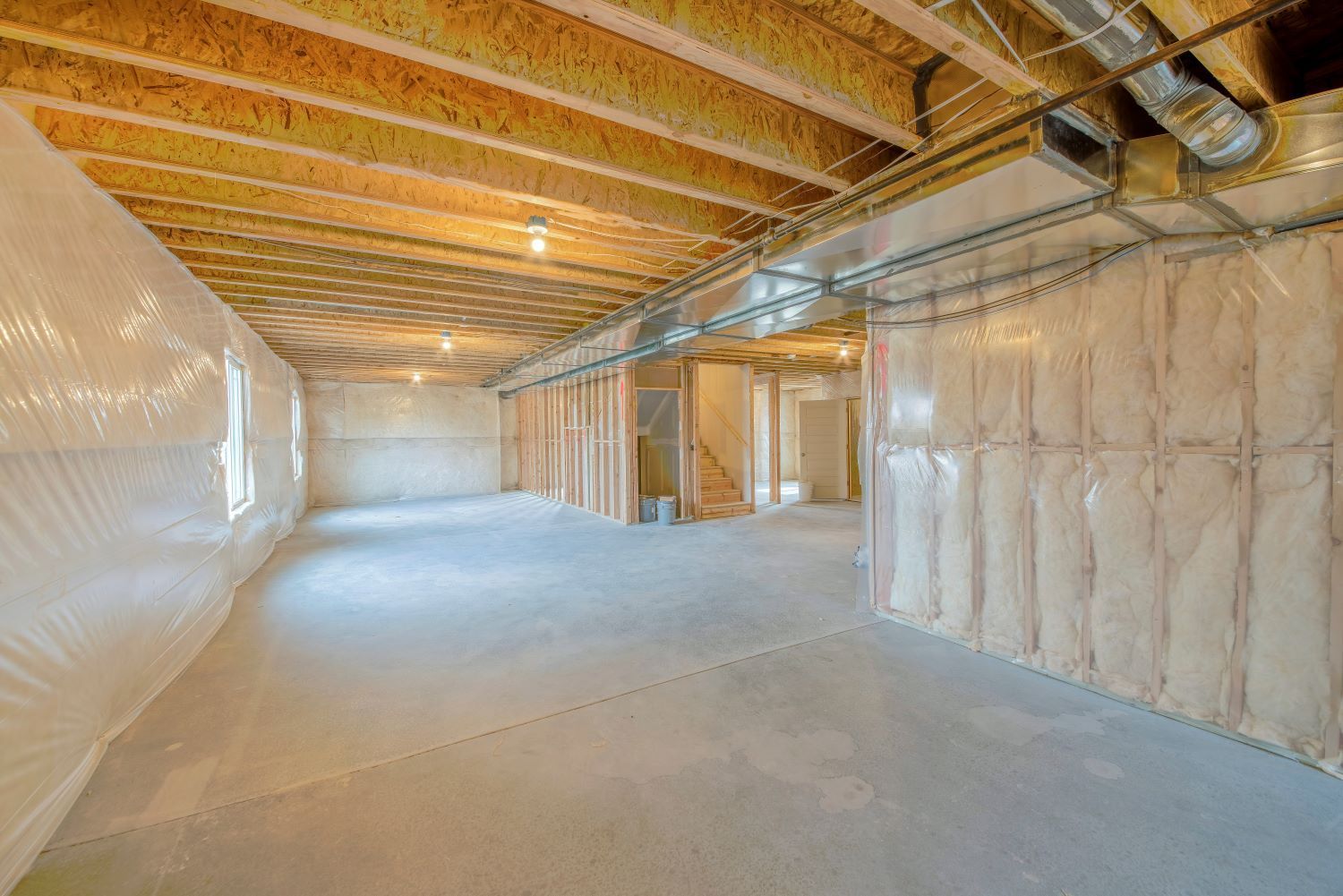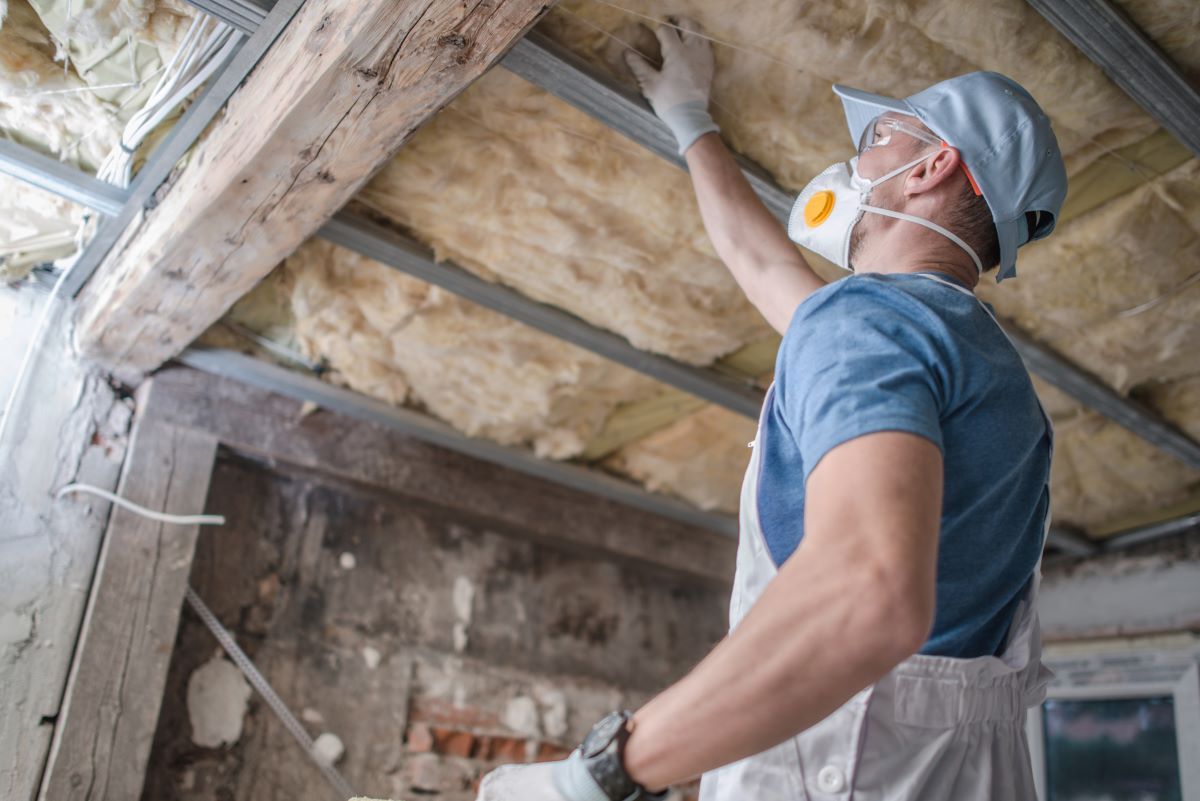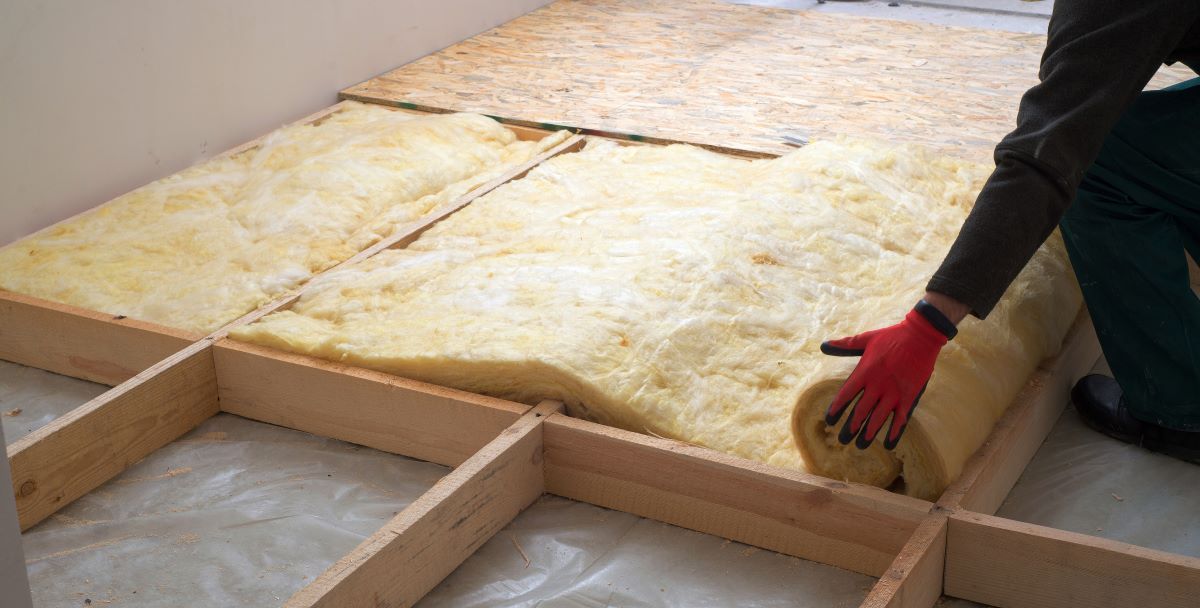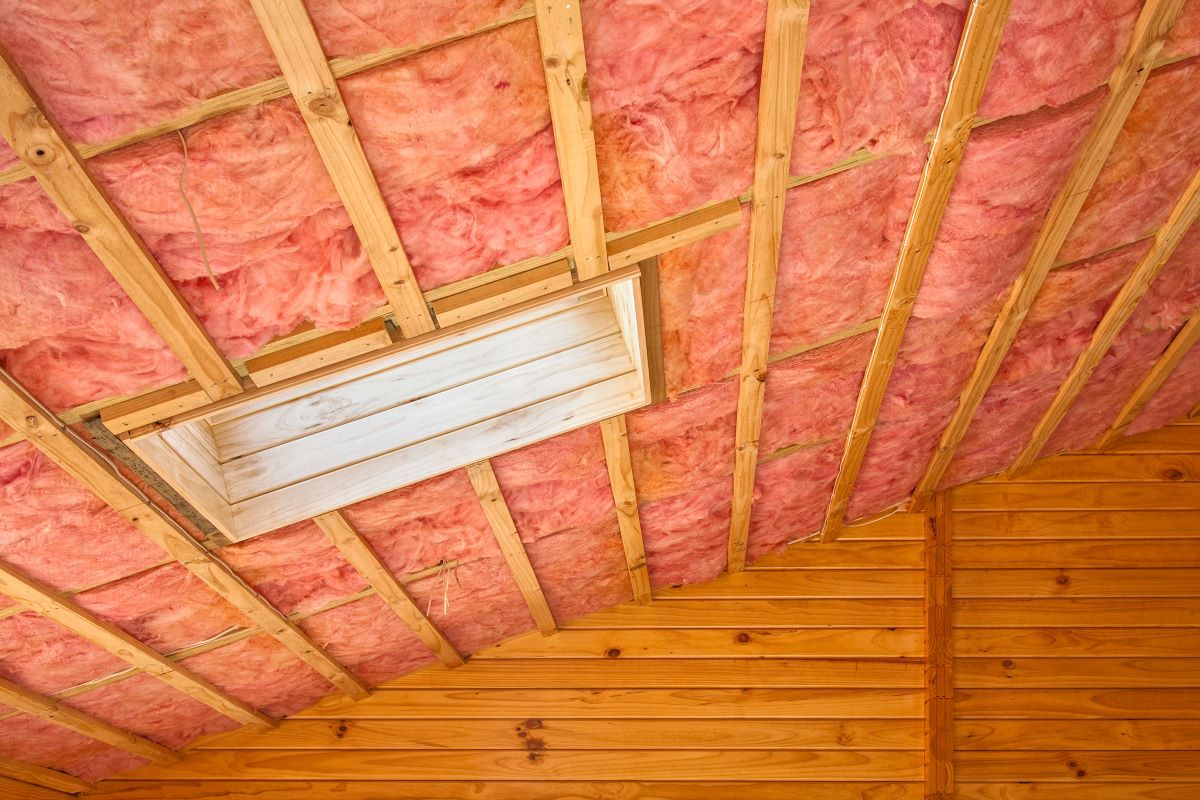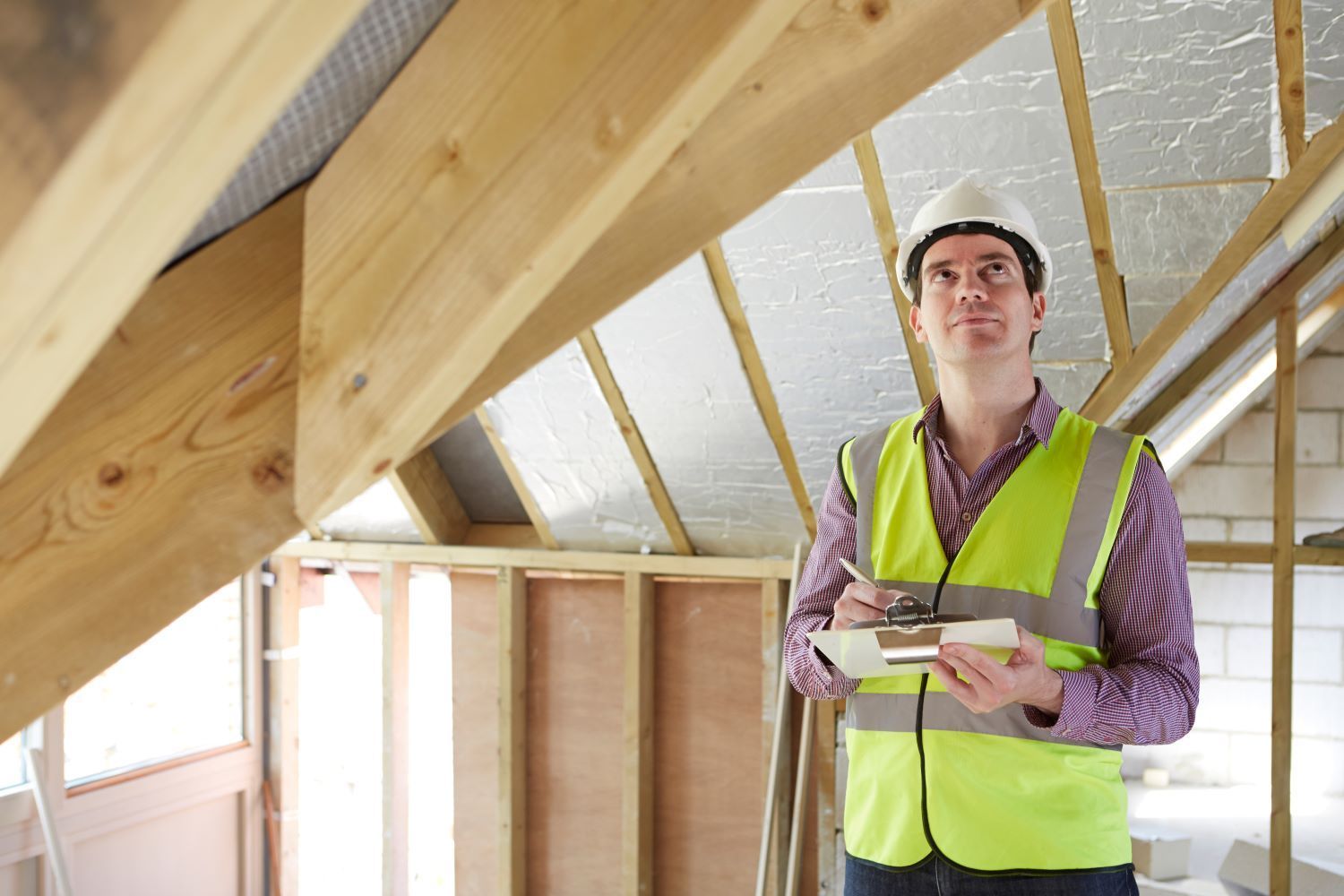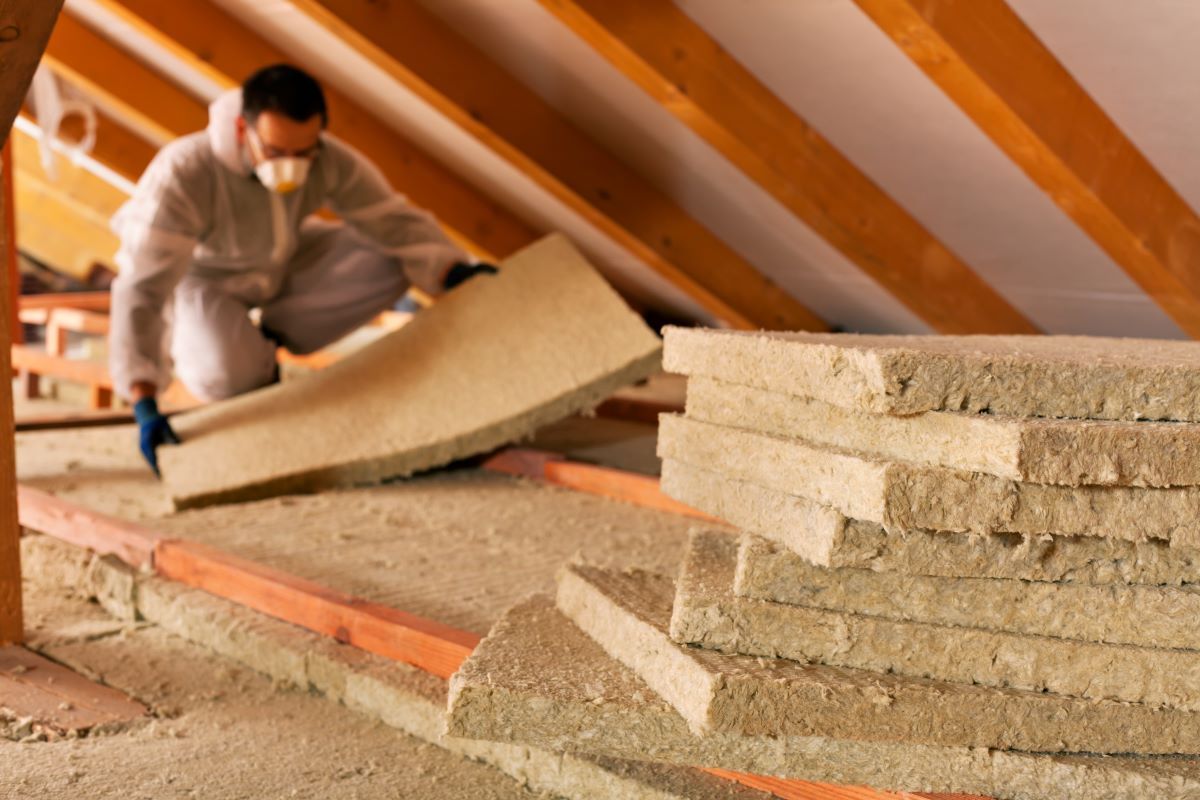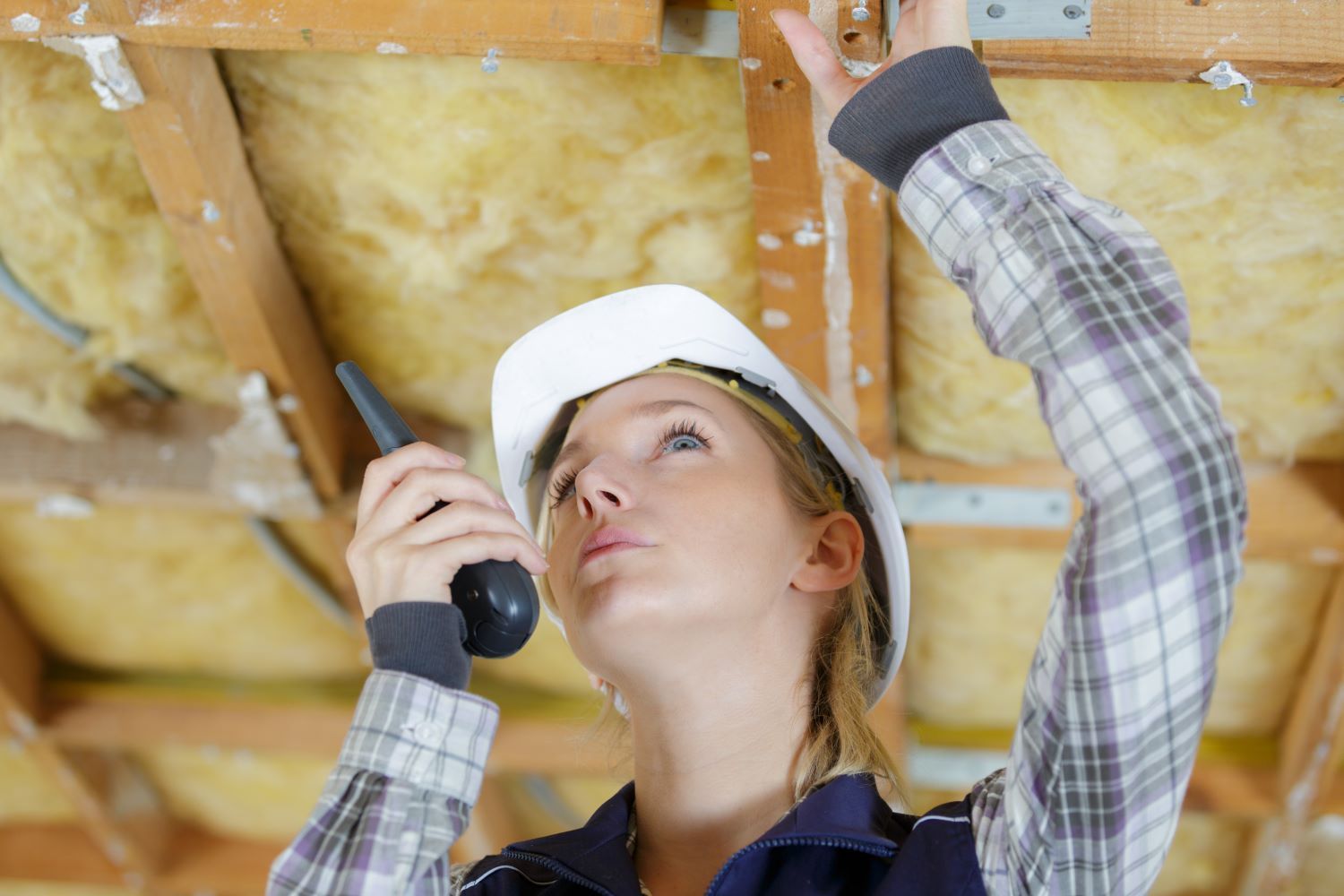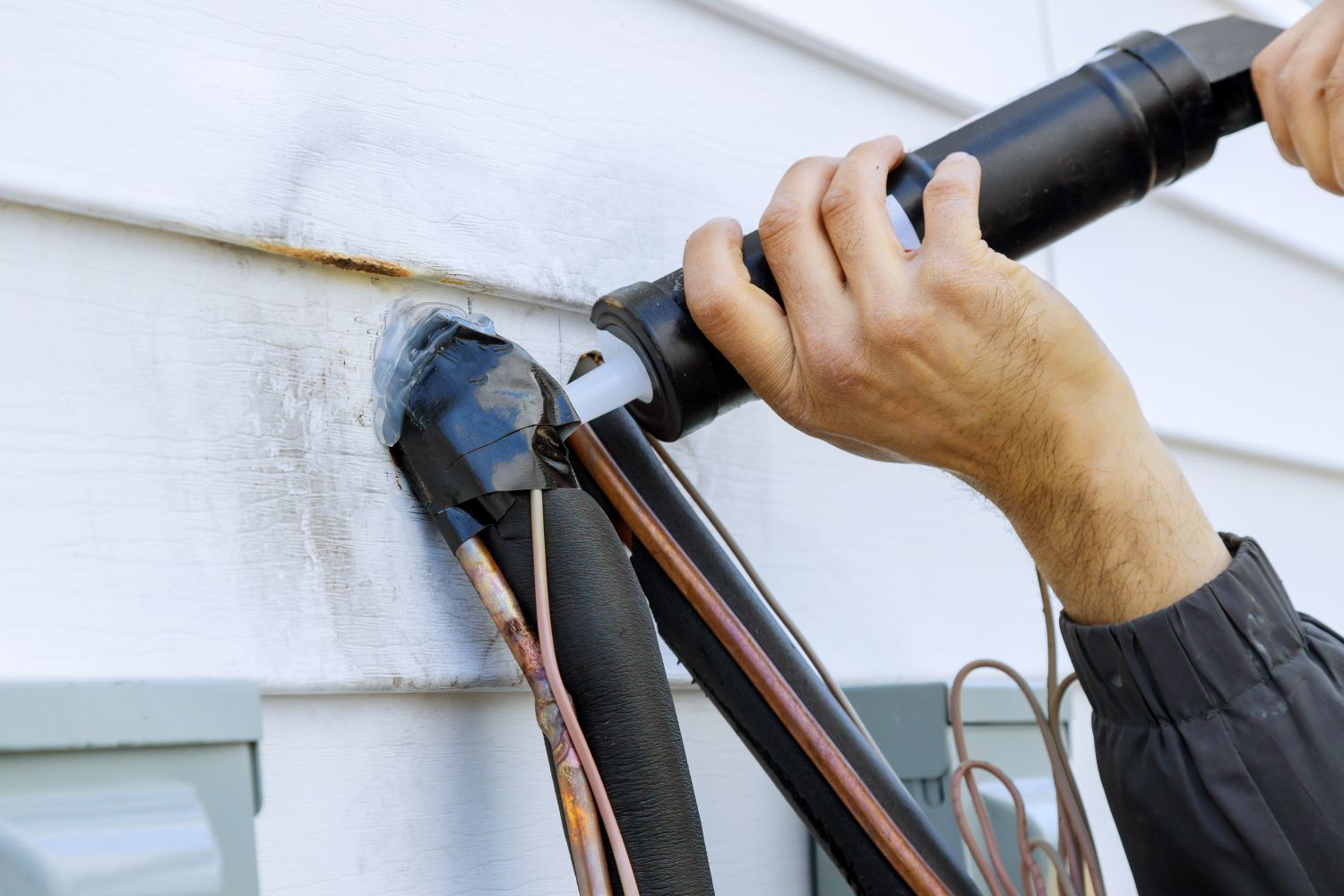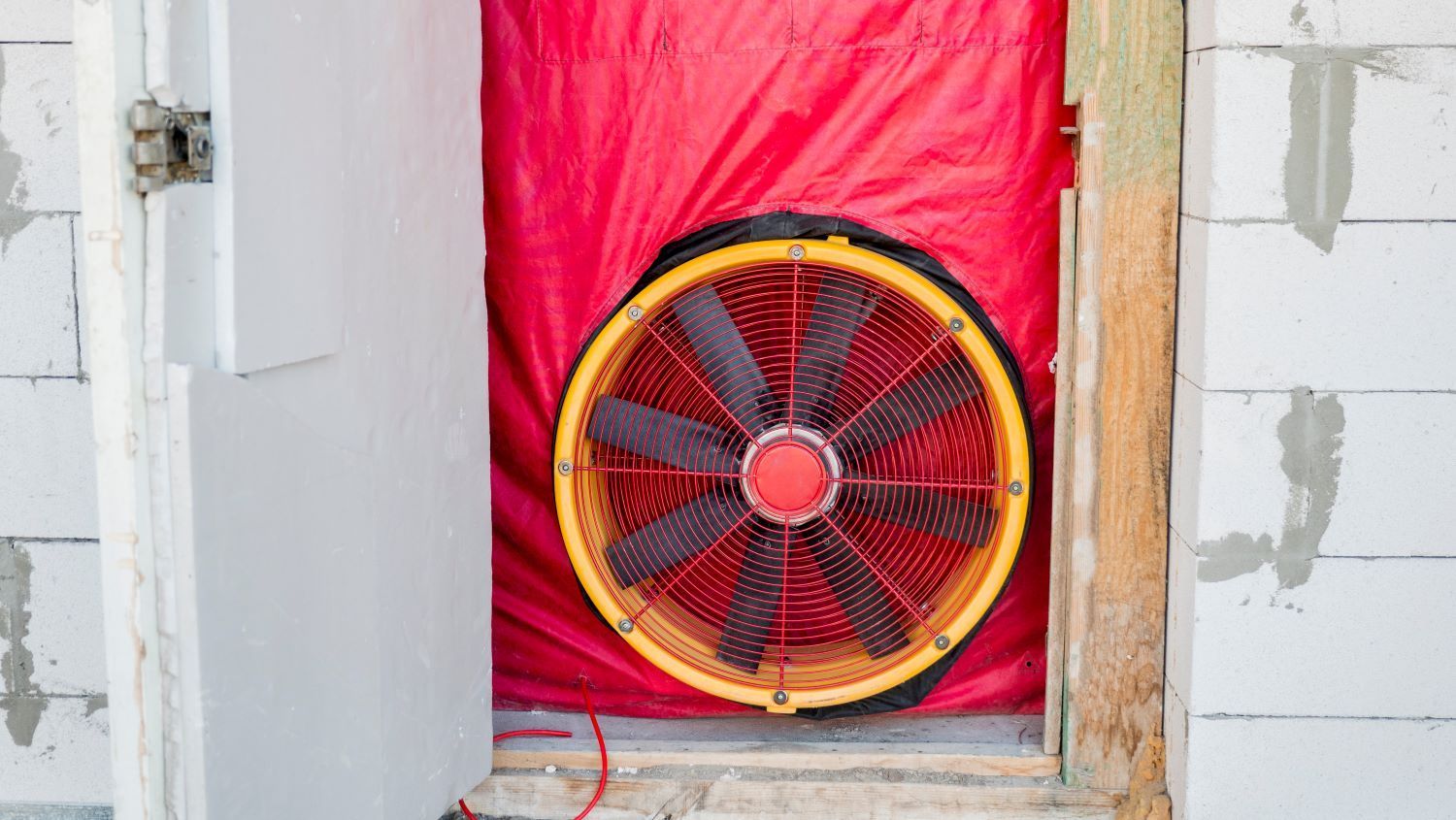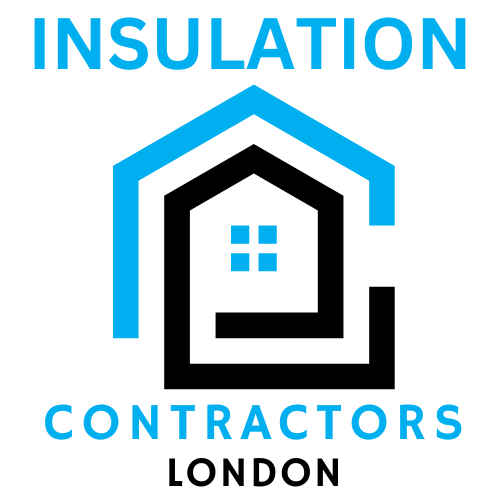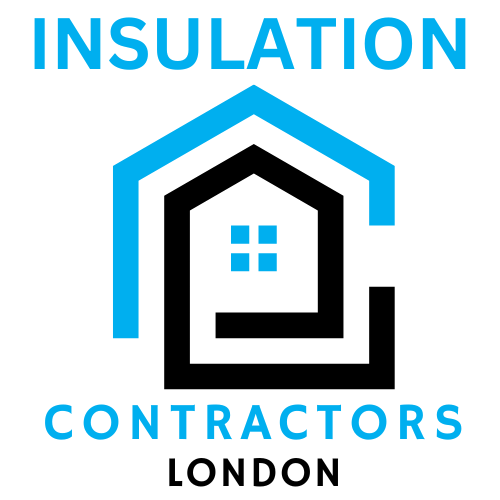Where to Insulate in Your Home
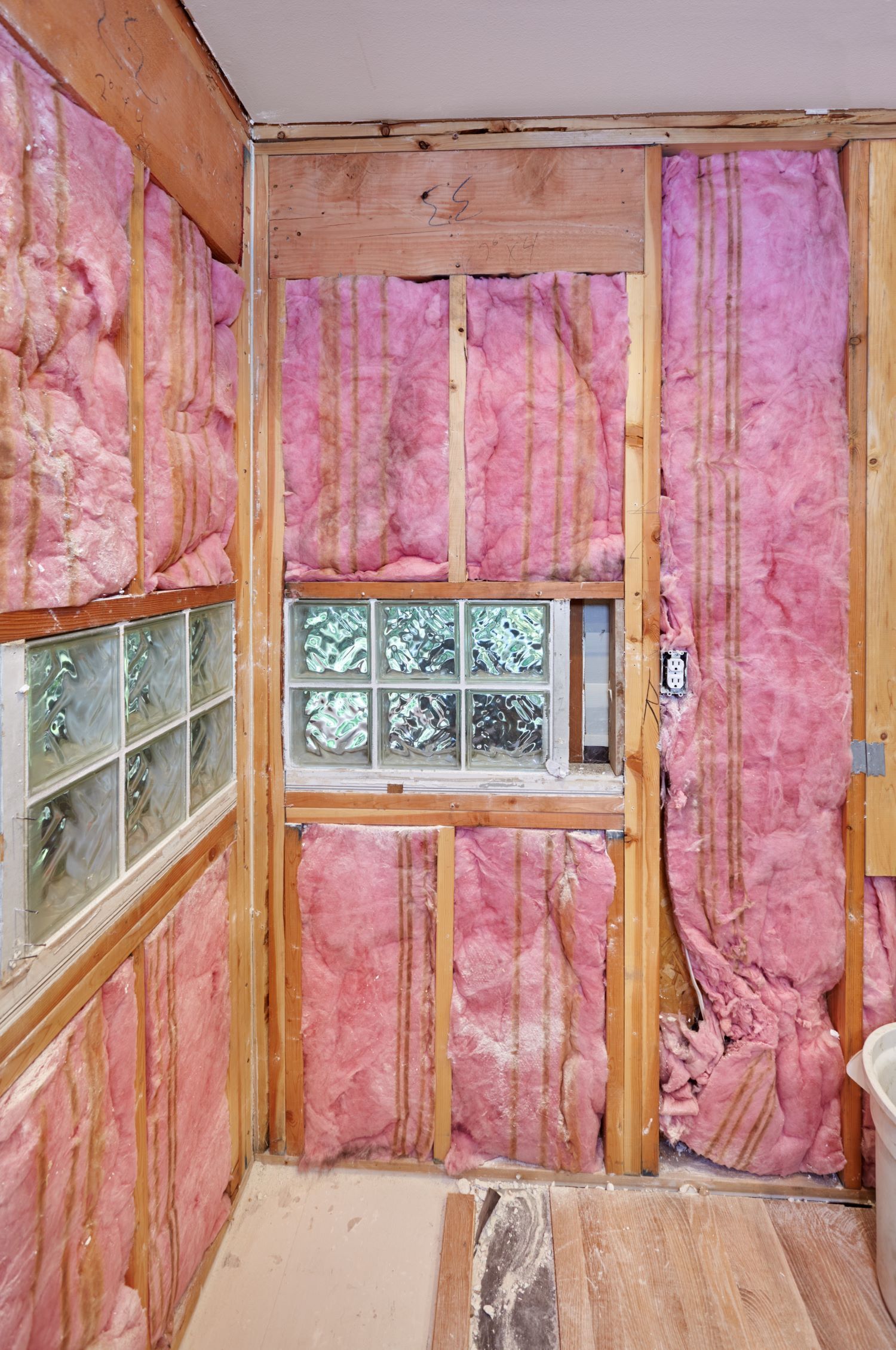
Insulation is a critical component of any home, helping to regulate temperature, improve energy efficiency, and enhance overall comfort. Proper insulation installation can significantly impact your home's energy consumption and utility costs while also providing a more comfortable living environment. In this guide, we'll explore the different areas in your home where insulation should be installed to maximize its effectiveness.
1. Attic Insulation:
One of the most important areas to insulate in your home is the attic. Proper attic insulation helps prevent heat loss in the winter and heat gain in the summer, making your home more energy-efficient year-round. Insulating the attic floor and the underside of the roof can help maintain consistent indoor temperatures and reduce heating and cooling costs.
2. Exterior Walls:
Insulating exterior walls is essential for maintaining a comfortable indoor temperature and reducing energy loss. Insulation can be installed in the wall cavities during construction or added to existing walls through techniques such as blown-in insulation or foam insulation. Properly insulated exterior walls help regulate indoor temperatures and improve overall energy efficiency.
3. Basement and Crawlspace:
Insulating the basement and crawlspace helps prevent heat loss through the foundation walls and floor. Insulation can be installed on the interior or exterior walls of the basement or applied directly to the basement ceiling. Proper insulation in the basement and crawlspace can help reduce moisture buildup, prevent mold growth, and improve overall indoor air quality.
4. Floors:
Insulating floors above unheated spaces such as garages or crawlspaces can help prevent heat loss and improve energy efficiency. Insulation materials such as fiberglass batts, spray foam, or rigid foam board can be installed between floor joists or directly underneath the floor surface to provide thermal resistance and reduce energy costs.
5. Windows and Doors:
While windows and doors themselves are not typically insulated, adding weatherstripping and caulking around window and door frames can help reduce air leakage and improve energy efficiency. Additionally, installing insulated window treatments such as curtains or blinds can further enhance insulation and improve thermal performance.
6. HVAC Ducts:
Insulating HVAC ducts helps prevent heat loss or gain as air travels through the ductwork, improving the efficiency of your heating and cooling system. Duct insulation can be applied to the exterior of ductwork in unconditioned spaces such as attics or basements to minimize thermal losses and improve overall system performance.
In conclusion, proper insulation installation in your home is essential for maintaining a comfortable indoor environment, reducing energy costs, and improving overall energy efficiency. By insulating key areas such as the attic, exterior walls, basement, floors, windows, doors, and HVAC ducts, you can maximize the effectiveness of your insulation and enjoy a more comfortable and energy-efficient home. Contact Insulation Contractors London today to learn more about our insulation services and discover how we can help improve your home's energy efficiency and comfort.
